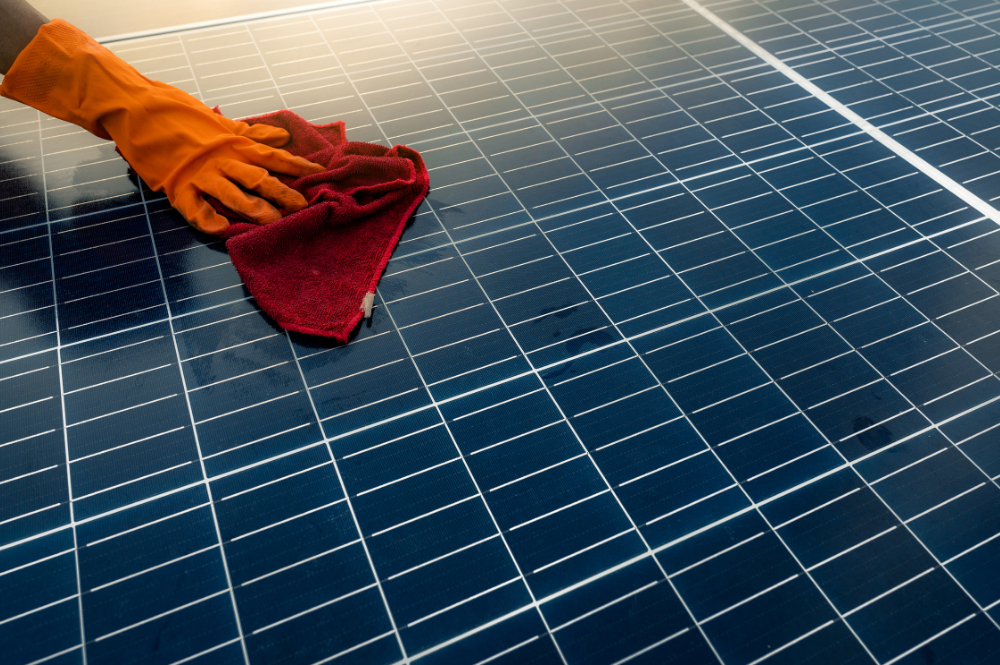Once your solar system is installed and running, it’s easy to sit back and forget its ongoing maintenance needs (it happens to the best of us!). But, ensuring your system is performing optimally is the secret to maximising your solar investment. And we know you want the best returns possible. So, here’s some simple checks to help you get the most out of your solar system. Call it a health check, if you will.
How can I maximise my return on solar?
1. Inspect your inverter
An inverter is like the backbone of your solar system – converting the energy generated by your solar panels (“DC” electricity) into electricity that is usable throughout your home (“AC” electricity). Given it’s such a critical component of your system, it’s important to regularly check your inverter for error codes, red lights, and signs that indicate potential issues. It also pays to inspect the DC isolator for signs of wear or damage – such as cracks or gaps. By doing this every three months or so, you can catch any hiccups early.
2. Utilise remote monitoring features
A monitoring system refers to software that is connected to your solar system’s inverter. Whether you have a Fronius or Sungrow inverter (to name a few), the integration of a monitoring system provides you with real-time data on your solar system’s performance. With a user-friendly interface for your mobile phone or laptop, you can access vital system performance information, including grid parameters and values, at any time. You can also receive alerts and emails when your system needs attention.
In short, system monitoring can assist to:
- Track overall system performance (including panels and inverter)
- Track the amount of solar energy generated
- Track the amount of solar energy consumed (used)
- Track the amount of solar energy exported to the grid
- Calculate the amount of energy saved in dollar figures
- Calculate the amount carbon reduction in CO2
- Ensure regular maintenance of your solar system
- Raise the alarm if any system problems arise
- Act as a safety feature
Get to know more about system monitoring.
3. Ensure sunlight isn’t obstructed
Keep an eye on your roof and panels for any shading that is caused by suddenly overgrown trees, or recently built neighbouring structures – especially if you’re in a new subdivision. Shading can significantly impact your solar panel output by reducing the amount of sunlight reaching your panels.
Remember, it’s not just direct sunlight but also UV light that powers your panels, so even on cloudy days, your solar panels can still generate electricity. You can check out more solar myths.
4. Schedule Regular Solar Panel Maintenance
Solar panels are designed to be low-maintenance and require very little upkeep. But like anything worth having, it’s worth cleaning them and monitoring them every so often to ensure everything’s running smoothly. Dust, pollen, dirt and debris can leave residue on your panels, reducing their efficiency. While rain may wash away some dirt and debris, consider hiring a professional cleaning every six to twelve months to ensure optimal output, and, extend the lifespan of your system too.
By checking on your solar system every so often, you can maximise your energy savings and return on investment for years to come.
Even better, if you’re a Quantum Solar customer – we’re with you on this. With comprehensive and reliable post-installation services, our customers not only enjoy the full benefits of their solar system for years to come, but also, peace of mind. From system checks and services, to performance monitoring and upgrades, we’re with you too. Get to know more about what’s involved in our post-installation solar services.


Leave A Comment